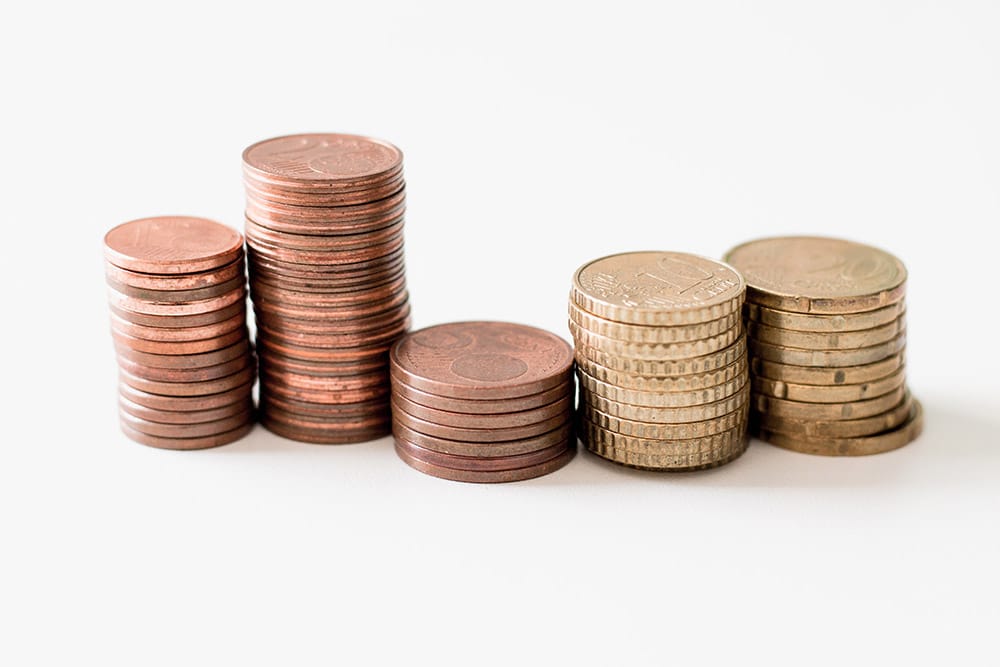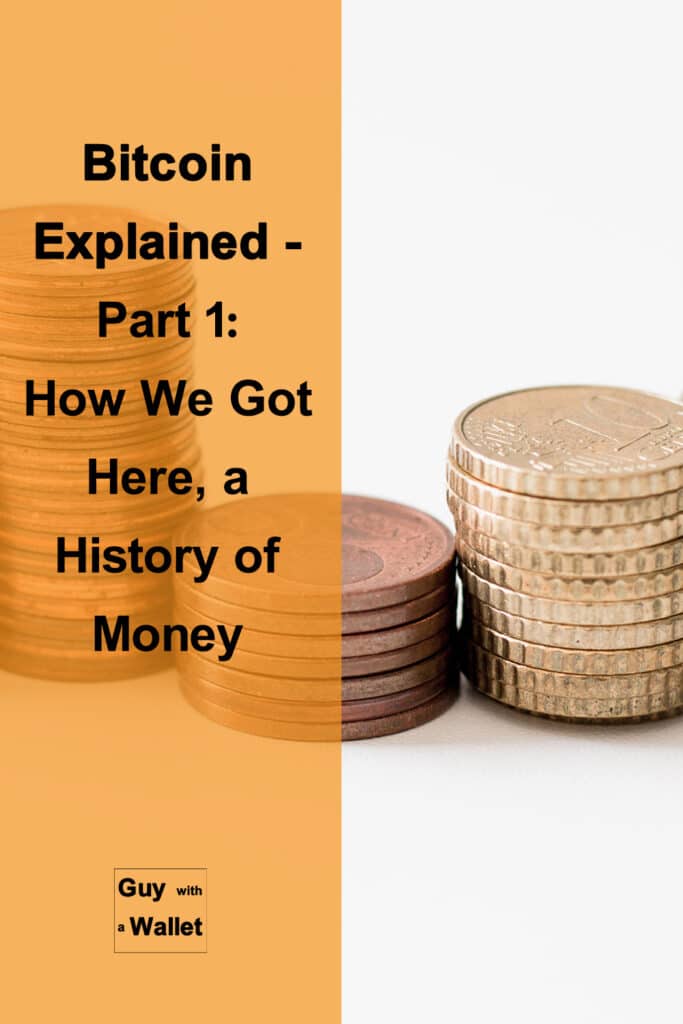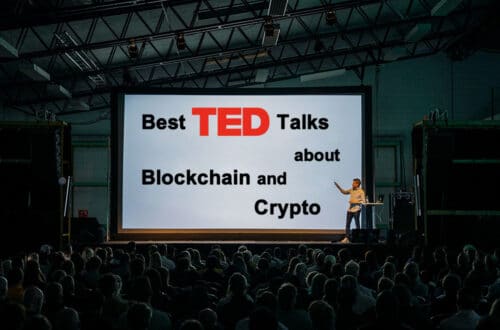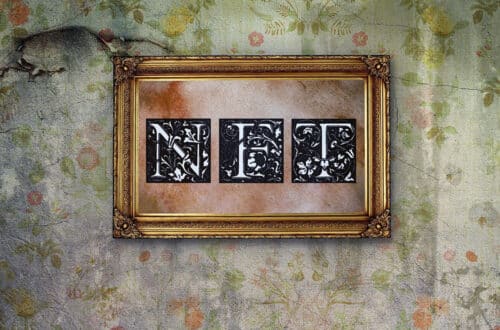
Bitcoin Explained – Part 1: How We Got Here, a History of Money
If you don’t know much about bitcoin, this article series -titled “Bitcoin Explained”- can help you understand it better. This is the first article in the series in which I’m going to give you a brief history of money that has brought us to the age of cryptocurrencies. I will try my best not to get technical here so everyone can use the series to improve their understanding of bitcoin in every aspect.
1. Before money: bartering
Before there was any currency, people had a system of trade that we know today as bartering. Bartering involved exchanging a commodity or service for another commodity or service between two sides. This was a direct trade without any medium of exchange but simple negotiations that preceded the trade.
For example, if I was a farmer and had some potatoes and wanted some old farming equipment fixed, I would go to the blacksmith and ask him to fix my equipment in return of some potatoes.
Just by this one example, you can see some of the problems with this method. What if the blacksmith didn’t want potatoes but instead needed a horse? Then I would need to find someone who had a horse to trade and was interested in potatoes. And how much potato would be enough to get a horse? Would it even be worth it just to get some equipment fixed?
These kinds of problems are why the great civilizations started to think outside the box to create a new medium of exchange.
2. Money with gold / silver standard
To get rid of the bartering problems, people started using precious metals like gold and silver as a medium of exchange. They would determine the worth of a commodity or service by some weight of gold or silver. But this was hard too. You needed a scale and you needed some means of cutting up gold and silver. Not everyone had access to these. And paying for cheap things was so hard with this method. And so, the first currency was born.
Lydia is considered to be the first civilization to use a currency as a medium for exchange. They made coins with an alloy called electrum, which is part gold and part silver. Every coin had a similar shape, size and weight and also had the stamp of the king on it so that everyone would know it was the real deal.
This made things easier. Now the prices could be determined more accurately by how many coins they were. Lydia prospered greatly as a nation built on commerce. But they tried to invade Persia and were subsequently destroyed by Cyrus the Great, king of Persia’s army.
Lydia was gone but the use of this kind of money would soon be seen in many civilizations around the world, Greece -Lydia’s neighbor- being one of the first ones to adopt it. Some anthropologists even argue that this adoption of coins as currency and the economic growth that followed it, is what eventually allowed the Greek civilization to flourish.
So some metals like gold and silver were valuable because everyone agreed that they were valuable. And they became stores of value and then were turned into mediums of exchanges. This medium was just the metal itself at first, measured by its weight. But people eventually realized that things would be even easier if they had a standardized system to turn these metals into coins.
3. Coins gradually turn into paper
Big civilizations like the Roman Empire found out later that the monetary system based on the use of coins has its own problems. For example, there was a limited amount of gold and silver that could be minted into coins. Large amounts of money would be very heavy and hard to move, especially for merchants who roamed several territories and had to carry a lot of money. Counterfeit coins were another problem.
Roman emperors, and later the European kings, tried to solve these problems with different methods but were ultimately unsuccessful. Then some institutions came in with a new method, establishing a system that worked with bills of exchange. These institutions were the first banks, founded in Italy and these bills of exchange were one of the first uses of paper money. This whole system was based on these banks’ reputation and prestige.
Here’s a simplified example of how this system worked: If there was a merchant who did business in both France and Italy, he could deposit his gold coins into one of these Italian banks and get an exchange bill. He could then take this bill, without fearing for the safety of his money or paying vast sums and waiting a long time for its transportation, to France. Once there, he could go to one of his bank’s French branches and get his gold money or its equivalent in some other currency. Or he could simply do his business with the bill of exchange, instead of coins.
These banks also started loaning money to merchants and effectively created a whole new system for transactions and trade. It can even be argued that this new system was one of the main causes of Renaissance and many advancements in arts and mathematics.
Of course this kind of paper money was mostly used by the rich and the coins and paper money continued to coexist.
4. Another kind of paper money
After the discovery and subsequent colonization of the Americas, there was suddenly a huge influx of gold and silver in the world. This gold and silver was mined in the Americas, brought to colonizers in Spain and Portugal and then entered into the world economy through trades.
For the first time, there was so much gold and silver in the world that even the peasants had access to it. And this had huge implications for the world order. Money was power and for the first time, power was not limited to monarchs, aristocrats and religious organizations.
But this didn’t last, the problems with gold, silver and other metals persisted and some governments did what the Chinese had done first, a few centuries ago: They printed paper money and obliged everyone to accept it as an equivalent of coins.
This kind of money was very similar to the cash we use today. And it allowed widespread use of money by everyone. But the problem was that the government or the bank that issued this kind of money, overdid it every time. They printed so much money that its value depreciated greatly over a short period of time, because the standard was still precious metals.
In the industrial era, lots of countries in the world had their own currencies but all of these currencies were based on the gold / silver standard. Governments and banks were both parts of this international monetary system and because the banks had to have the necessary amount of gold to back the money so that everyone could redeem their paper money for gold at any time (according to the laws enforced by the governments that guarantied this) they also had an active role in printing money. So the problem of overprinting was solved, for a time, by a balance of power between governments and banks.
Of course, this created a new hunger for gold and fueled a new wave of imperialism around the globe. When the First World War arrived, many countries abandoned the gold standard as it was a time of emergency and more money was needed to finance the war. It seemed like politicians and governments had finally won their battle with the banks over the control of money and could print as much money as they wanted. A great process of centralization had started.
5. Fiat currencies
In name, the gold standard survived until the year 1971. After the Second World War, the winners of the war had decided that every other currency in the world would be pegged to the American Dollar (USD) and the USD would always maintain the value of 35 dollars for one ounce of gold. But facing dire economic circumstances and high inflation, Richard Nixon abandoned the gold standard for USD and in practice, the whole world followed.
This brings us to the world of fiat currencies. The worth of this currencies has nothing to do with gold or silver and they cannot be redeemed for a fixed amount of gold or silver either. The worth of fiat currencies is based on the power of the governments who have issued them and the faith of the people that they can still buy things with these currencies in the future.
History has shown us that governments continuously print money and reduce the worth of their currency in the process. All fiat currencies are subject to inflation and loss of worth over time.
6. Plastic and corporate money
In the four decades that followed the Second World War, banks around the world started experimenting with electronic payment systems. But it was in the 90s that these system started to be really adopted by ordinary people. At first, it was just electronic and automatic deposits, mainly by governments and big companies to their employees’ accounts. Then came the electronic transfers and payments with plastic cards that usually had an electronic chip on them.
By the beginning of the 21st century, electronic payment solutions were part of the mainstream in lots of different countries around the world. And they only grew from there. Right now, a lot of people have at least one debit or credit card and send money and pay for stuff electronically, without using physical cash.
But this electronic system of payments, gave new power to the banks and credit companies. Now, they could increase the supply of money easily with extending credit to people, essentially letting them borrow from their future, or just changing some numbers on their ledgers. This made another centralized system with immense power over the lives of ordinary people. And unlike the other centralized power, the government, this one was not beholden to any community or people but its shareholders who wanted more profits.
Through this system, banks and other corporations started making their own kind of currency too. One example of this, would be the “miles” that the airlines rewarded their customers. At first, these miles were only a kind of discount for loyal customers but later on, they became a means to pay for hotels, transportation and other things, essentially taking the role of a currency.
7. Then came the internet
Widespread use of the internet put everything that was going on, on steroids. Electronic payments and transfers became faster and easier. Number of people using their bank accounts regularly for payments increased because of this ease of use. And the power of banks and other financial institutions -like stocks and currency exchanges and investment funds- that had adopted the electronic and online systems, increased as well.
But just as the governments and politicians had done for centuries, banks started abusing their power over money. And one result was the 2008 financial crisis that gave birth to bitcoin.
8. The age of the cyber money
On October 31 of the year 2008, a whitepaper was published on the internet, titled “Bitcoin: A Peer-to-Peer Electronic Cash System”. (You can download it here.) It marked a turning point in the efforts to remove centralized influence on monetary systems and it was published by someone who used the pseudonym “Satoshi Nakamoto”.
From the age of bartering until that time, ordinary people who used money, were always at the mercy of the governments and the banks. A government or king could recall all the coins, melt them and mint new ones with less gold or silver in them, depreciating the value of coins or print so much money that its value would plummet. Given the power, a bank could do the same with slightly different methods.
But this new form of “electronic cash”, as Satoshi Nakamoto called it, had a limited supply and it didn’t need a centralized authority for transactions, because it used a network of people to approve them, removing the need to trust a centralized power structure. Even its founder -Satoshi Nakamoto- was anonymous, a genius move that further helped the decentralized status of Bitcoin.
This is why “Bitcoin” is and always will be important. Because it started the age of cyber money or cryptocurrencies for the people. Given the history you just read, it had to happen some time. The idea was always there. We were just waiting for the technology to catch up.
Now, we have a store of value and a medium of exchange, all rolled into one. And its control is a truly democratic process. Now, the promise of money can be fulfilled.
Last words
If you want to read more about the history of money, you can get this book. It is old (first published in 1997) and I don’t personally like the unchronological order of its events, but all in all, it’s a good book and has some amazing predictions at the end that we are now seeing happen in real time.
Pin It!

Your turn
What do you think? Was bitcoin and inevitability, given this history of money? Share this post with your friends and on social media and wait for the next posts in this series.
***Last Updated on 22 March 2022 by Hamed Derakhshani (Guy with a Wallet)




